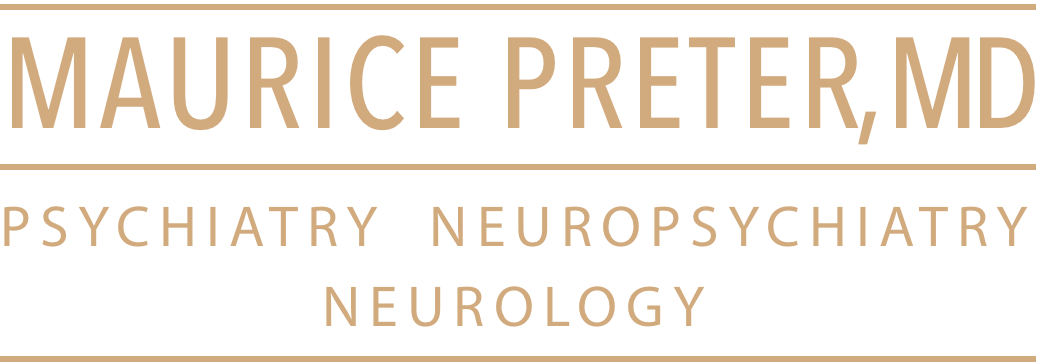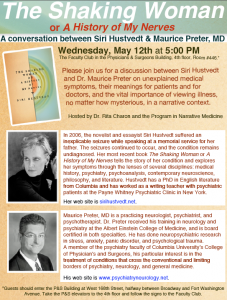|
Ther Drug Monit. 2007 Feb;29(1):40-4.
|
Related Articles, Links |

Watanabe T, Ueda M, Saeki Y, Hirokane G, Morita S, Okawa M, Akiyama K, Shimoda K.
Department of Psychiatry, Dokkyo Medical University School of Medicine, Tochigi, Japan.
Selective serotonin reuptake inhibitors are thought to interact with serotonergic neurons and be effective for treatment of panic disorder. In the present study, the authors investigated an association between plasma concentrations of paroxetine in patients with panic disorder and clinical response to initial treatment with paroxetine. Subjects were 21 unrelated Japanese patients who fulfilled DSM-IV-TR criteria for a diagnosis of panic disorder (6 males, 15 females, mean age 35.9 +/- 11.3 years). Subjects were administered 10 mg/day of paroxetine for 2 weeks as initial treatment. Improvement of the symptoms of the disorder was assessed with the Panic and Agoraphobia Scale (PAS). In the range of plasma levels >20 ng/mL, none of the subjects showed the reduction ratio in PAS score >0.2. The subjects whose plasma concentrations of paroxetine were less than 20 ng/mL had a significantly higher mean reduction ratio in PAS score than the subjects whose plasma concentrations of paroxetine were >20 ng/mL. Multiple regression analysis showed that the plasma concentration of paroxetine was the only significant factor and accounted for 28.0% of the variability in the reduction ratio of PAS score of the subjects. The final model of correlation was: reduction ratio in PAS score = 0.423 – 0.009 x (plasma concentrations of paroxetine) (R = 0.529, P = 0.014, coefficient of determination (R2) = 0.280). Assuming that the reduction ratio in PAS score was 0.2 in the equation above, plasma concentration of paroxetine is calculated to be about 25 ng/mL, which is suggested to be the upper end of the therapeutic window for the initial phase of the treatment with paroxetine for panic disorder.
Publication Types:




